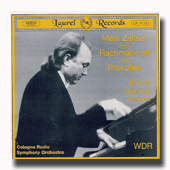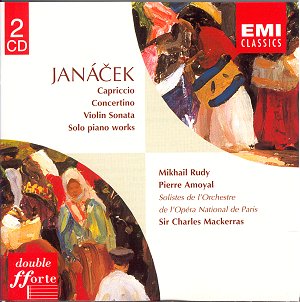 Composer: Johann Sebastian Bach
Composer: Johann Sebastian Bach
Works: Fantasia in C minor, BWV 906; Fifteen Two-Part Inventions, BWV 772-786; Fifteen Three-Part Sinfonias, BWV 787-801; Chromatic Fantasia and Fugue, BWV 903
Performers: Angela Hewitt, piano
Recording: January 1994, Beethovensaal, Hanover, Germany
Label: Hyperion CDA66746
The keyboard works of Johann Sebastian Bach, particularly the Inventions and Sinfonias, represent a critical juncture in the evolution of Western music. Composed around 1720 for the instruction of his eldest son, Wilhelm Friedemann, these pieces are both pedagogical and artistic, encapsulating Bach’s singular approach to counterpoint and melody. Angela Hewitt’s recording of these seminal works is a testament to her deep understanding and interpretive insight, breathing life into compositions often relegated to the status of mere exercises.
Hewitt’s approach to the Inventions and Sinfonias is marked by an intuitive grasp of their intrinsic musicality. Unlike many pianists who regard these works as technical studies, she imbues them with a sense of narrative, treating each piece as a miniature masterpiece. The opening Two-Part Invention in C major sets the tone with its flowing rhythms that engage the listener immediately. Hewitt’s choice of tempo is particularly noteworthy; it strikes a balance that allows for clarity in the polyphonic texture without sacrificing the inherent drive of the music. In the Fourth Invention in D minor, she achieves a remarkable equilibrium between the voices, showcasing her adeptness at managing dynamics and articulation.
The technical precision and expressiveness of Hewitt’s playing are further exemplified in her treatment of the slower Inventions, such as No. 6 in E major and No. 11 in G minor. Here, her control over the delicate nuances of touch shines through, with a judicious use of the sustaining pedal that avoids the muddiness often associated with piano interpretations of baroque music. This is particularly significant in the context of historical performance practice, where the harpsichord’s percussive clarity is often cited as essential to these works’ character. Hewitt’s piano, however, proves to be an effective medium, enhancing the rhythmic effects that define Bach’s style.
The Three-Part Sinfonias, while structurally more complex, benefit from Hewitt’s keen sense of counterpoint. Notably, Sinfonia No. 2 reveals her ability to navigate intricate ornamentation with apparent ease, allowing the lines to intertwine gracefully. However, it is in the longer F minor Sinfonia that Hewitt’s interpretive depth truly flourishes. Clocking in at nearly four minutes, this piece diverges from the lighter fare of the Inventions, deploying a profound emotional weight that Hewitt captures with a somber yet lyrical touch. Her reading imbues the music with a sense of urgency, echoing the introspective qualities found in the later works of Bach, such as those in the “Art of Fugue.”
The recording also includes two Fantasias, with the Chromatic Fantasia and Fugue serving as a brilliant showcase for Hewitt’s virtuosic command. The chromatic flourishes and rapid passages are executed with a clarity that brings out Bach’s intricate harmonic explorations. The engineering quality of the recording complements Hewitt’s performance, allowing the piano’s resonance to shine while maintaining clarity across the spectrum of sound. The balance between the instrument and the acoustic space of Beethovensaal enhances the listening experience, presenting a sound that is both immediate and richly textured.
Comparatively, while other recordings of Bach’s Inventions and Sinfonias exist, few capture the essence of these works as fully as Hewitt’s interpretation. Many pianists may lean toward a more mechanical execution, emphasizing the technical demands at the expense of musicality. Hewitt, however, evokes the spirit of Bach with a performance that is both scholarly and deeply personal. The listener is left with the sense that these “little” works are anything but minor; they are essential to understanding the breadth of Bach’s genius.
Hewitt’s recording stands as a significant contribution to the ongoing exploration of Bach’s keyboard music. Her ability to transform the Inventions and Sinfonias into profound statements of artistry reflects a rare interpretive insight. By treating these works with the respect and depth they deserve, she invites listeners to engage with Bach’s music on a level that transcends mere technicality, revealing the beauty and complexity within. This recording is an indispensable addition to the discography of Bach’s keyboard works, and it firmly establishes Hewitt as a leading interpreter of this repertoire.



